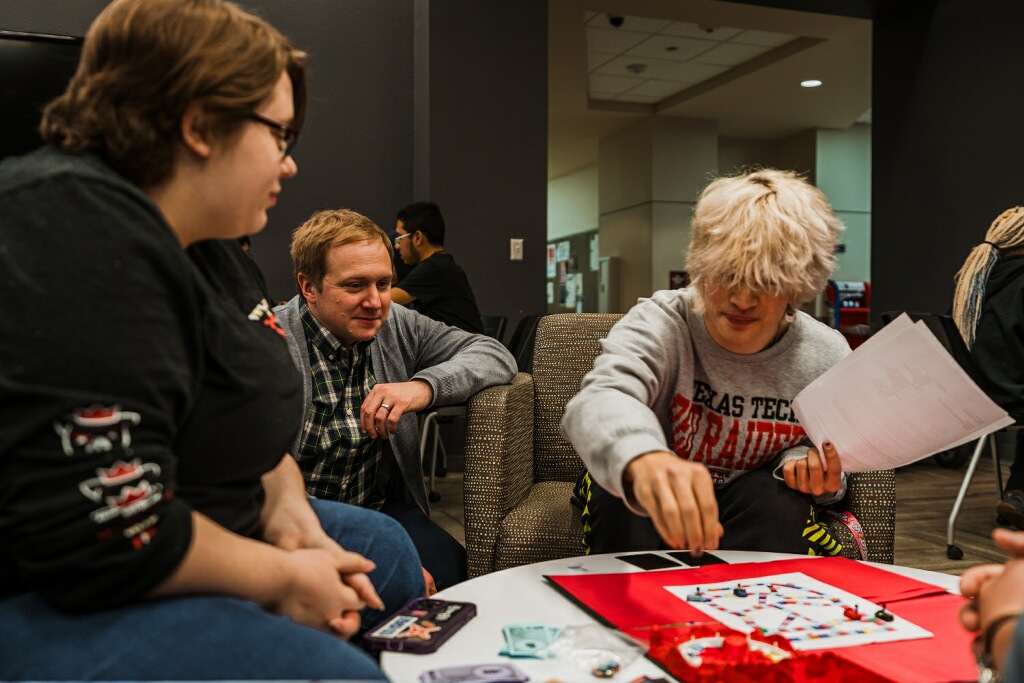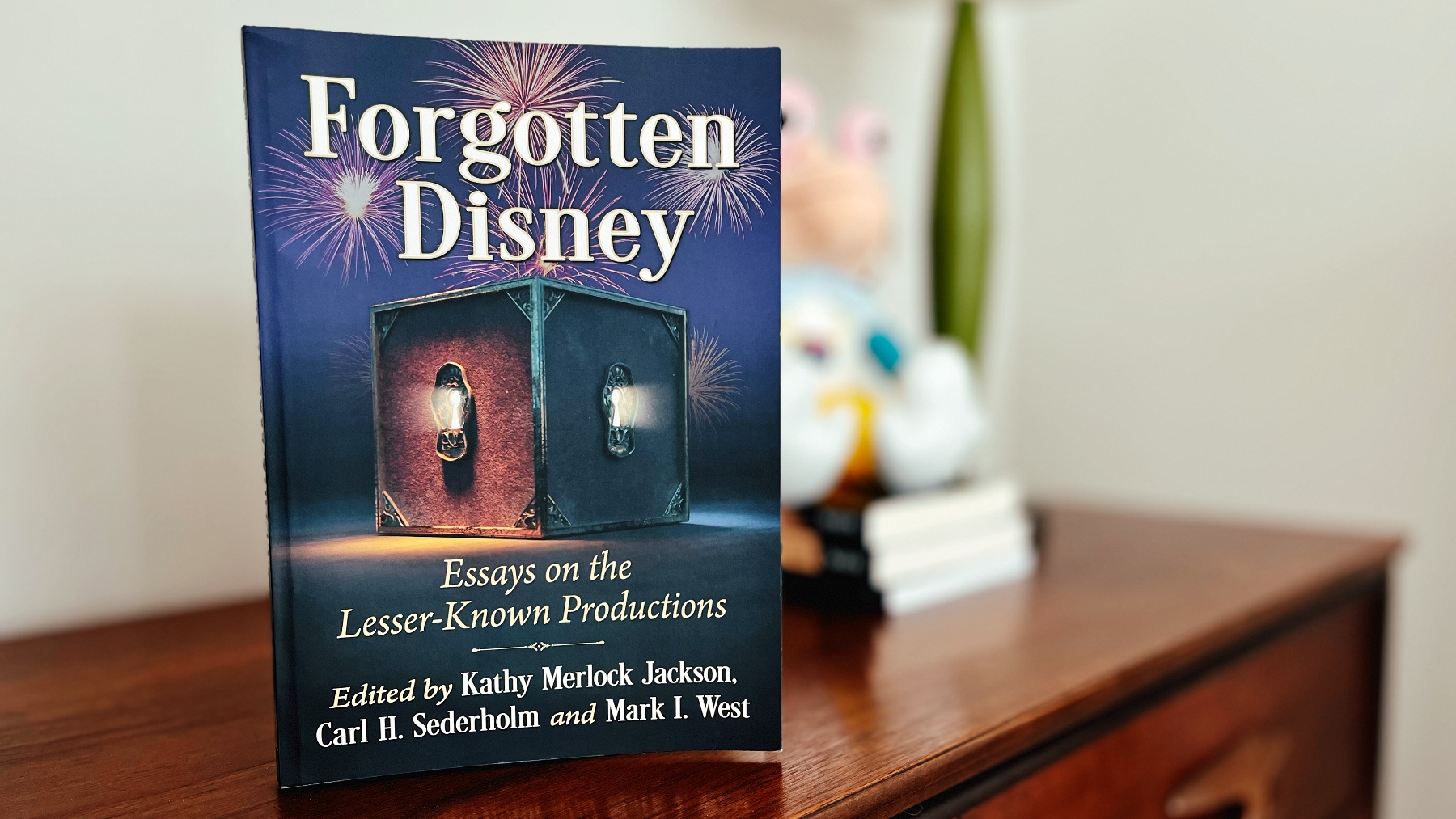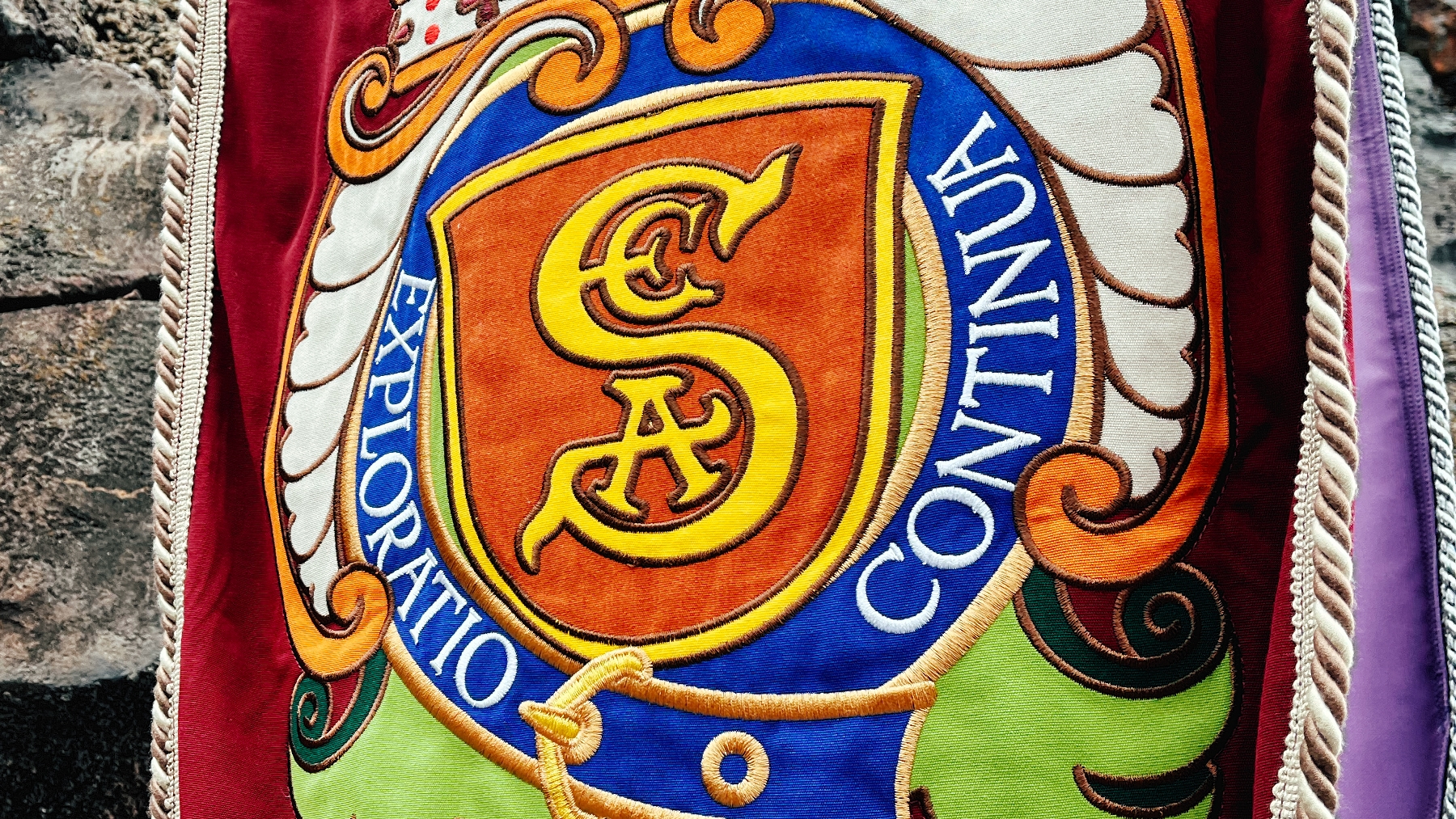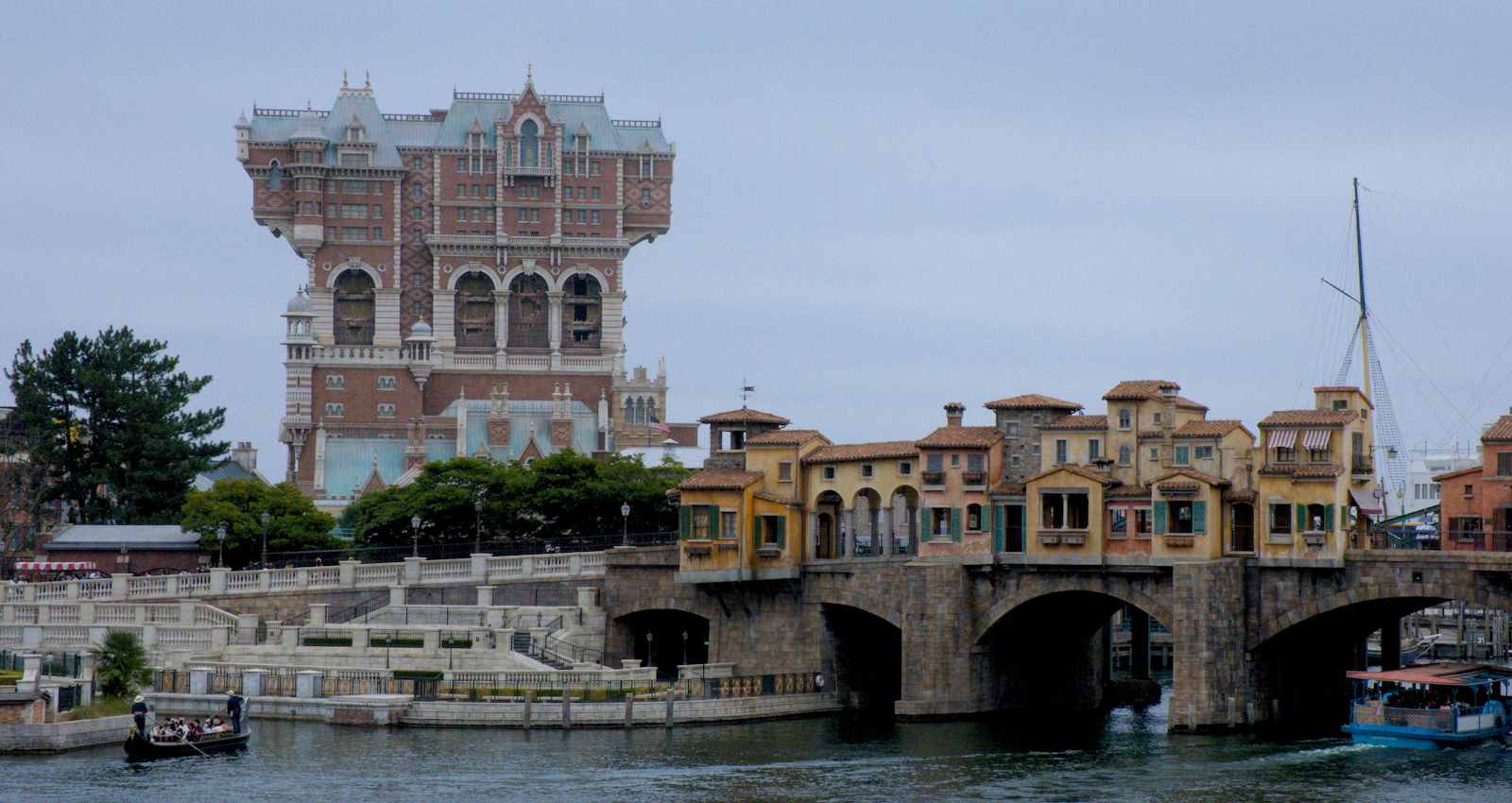
Attraction Adaptations of Ride Aesthetics in Disney Theme Park Board Games
Journal of American Culture
Co-authored with Megan Condis
Since the opening of Disneyland in 1955, the Walt Disney Company has worked with board game companies to produce games about attractions that promote their theme parks. They turn the 'unstructure' (Paul Booth) of rides into playable systems by taking advantage of openness of the 'ride aesthetic' (J.P. Telotte). Rides depicted have included Rocket to the Moon, Haunted Mansion, Big Thunder Mountain Railroad, 20,000 Leagues Under the Sea, and others.






